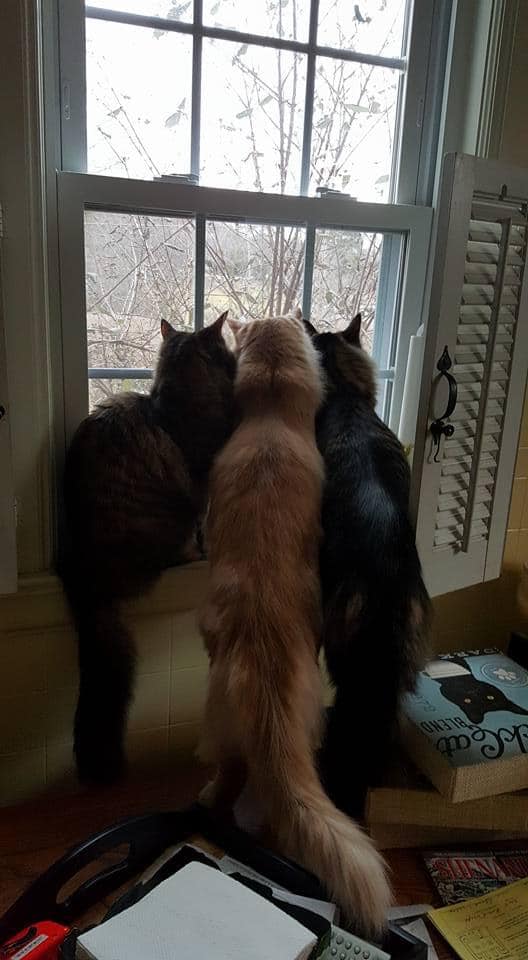
After you’ve torn out your hair rewriting the “Big Picture” of your novel, you may be ready to pitch the manuscript into the trash. But wait! There are more important steps to a strong self-edited novel.
Writing Tip for Today: After the structural components have been fixed, what’s the next step of novel revision?
Scene It
One of the most common problems I see in first novel manuscripts is ineffective scenes. That’s why I recommend revisiting each scene in your story. Ask yourself: what’s the balance of narration to action? Am I showing where I need to summarize? Am I summarizing where a direct scene would be better?
Make sure you know what scenes are. Scenes are not an unseen narrator describing the action. Scenes are the action as it unfolds. This means that your characters are in a particular place/time and that they are doing something with a purpose in mind. You can review scene elements HERE.
Balancing scenes/narrative means that your readers follow the story with a pace that is neither too fast (readers might get confused) nor too slow (readers get bored wading through details). If you dramatize (scene) every moment in a story, readers will not know what’s really important and the boredom will lead to closing the book. If you leave out too much of the direct action (scene), readers feel cheated at not being present as the story unfolds.
Transitions
Another pacing problem might be how your story deals with time jumps or back story. Readers must always know when/where they are and through whose eyes (POV) we imagine the story. If you skip a time chunk to get to the next pivotal moment, be sure to identify the next scene’s when/where in the first sentence—at the sentence’s beginning if possible.

Readers must always know when and where they are.
If you change POV from scene to scene in third person limited POV, also note the change in that opening. The idea is to keep your transitions smooth and simple and up-front. Labeling a scene with a header to indicate changes may seem easy, but many readers skip over these time/place stamps to get to the action. Be sure your action opening reflects any transitions in time, place or POV.
Even if the POV stays the same, each new scene needs a simple transition. I say simple because the transition should be short and sweet. The next day, by Christmas, that night are all examples of short transitions that orient the reader. Don’t try to stuff the transition with too much info. The goal here is making sure your reader stays with you.
Don’t Burn the Tree First
Some writers mistakenly think they can grab readers’ attention in the opening by writing the highest tension or consequence scene in the story. But if a story must build tension with rising action, how do you top that? I realize this is a more advanced concept but the order of your story’s events matters.
As you work on your scenes to improve pacing, pay attention to what I call the Action Ladder. An Action Ladder is the way each scene builds conflict and tension over the course of the story. Each succeeding scene has more tension than the last as your protagonist meets steeper obstacles.

Action Ladders show how scenes stack up, each getting more tense.
A better approach might be to hint at that climax or tree burning scene early on in your story. You may plant snippets of backstory along the story to help readers understand why this ultimate scene happens. But save the tree for the actual climax scene and then burn it down.




